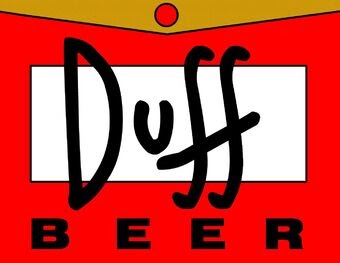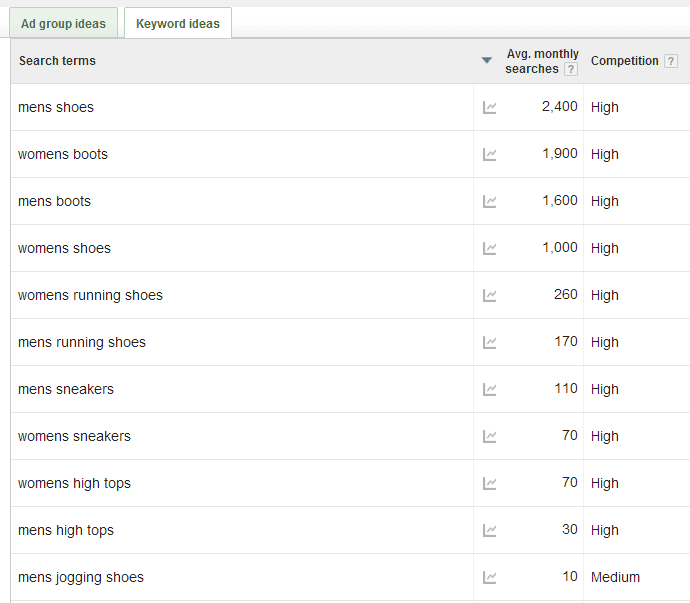Sending your data to our servers, please wait...





Oops... No results found.
Please try a different search phrase.
Paid Media 11 min read
How to Build a Paid Media Strategy for Your Just-Launched Business
Written by Ayesha Renyard
Content Writer @ Galactic Fed
Expert reviewed by Dallin Porter
Marketing Director @ Galactic Fed
Published 06 Apr 2021
Launching a business can be a scary thing. It’s like taking your child to school for the first time. There are just so many other kids! How will they make it out unscathed?
You’re likely entering into an industry against many similar businesses. To get through those wobbly first days, months, or even years, you need a well-researched marketing plan, and that includes your paid media strategy.
Which is why we’re here today. As part of our Paid Media Series, the Galactic Fed experts are here to share three steps for creating a paid media strategy that’ll help lift your business off the ground.
Let’s set the stage
Imagine you want to start a beer company. You don’t want to go into the exhausted craft scene. (Snooze fest.) You want to be the next major brand selling the next best lager—by the case—just like Budweiser. You already have a logo, muscled spokesperson, and catchy slogans swirling in your head, so you decide to go for it and register a trademark: “Duff Beer.”

Source: Logopedia
It’s official. You’ve launched your beer company, intending to make it America’s go-to brand. So let’s build a paid media campaign to get you there—with these three steps.
1. Research your audience and create buyer personas
The first step in building out a robust paid media strategy is identifying your target audience.
Let’s establish that you don’t need to appeal to everyone. In fact, you shouldn’t approach your paid media strategy that way because you’ll dilute your marketing efforts.
As a beer company that intends to sell mass quantities of a generic lager, you may think that your target audience is practically everyone, and “beer drinkers” are your customer base.
But believe it or not, you can find a lot of variance within certain demographics—and it doesn’t just have to do with their product tastes. Personal and professional details, such as their work schedules, salaries, transportation, social circles, can all make an impact on whether they buy your product.
How to create buyer personas
To iron out all the details, we urge you to take the time to create buyer personas—so you can direct your ads to the right people.

Source: Algorithmic Global
As you can see in the image above, buyer personas are so incredibly detailed that they almost seem silly to create. (If you find yourself going down the rabbit hole of what they do on summer vacation, you’re doing it right.)
Here’s what our Galactic Fed experts want you to consider:
- Personal information, such as gender, age, marital status
- Professional information, like job title, salary, and schedule
- Hobbies, interests, tastes
- Online behavior
- Consumer behavior
- Pain points
- Influences, such as people or media
- Hopes and dreams
- Worries and fears
Did we miss anything? It’s a lot—but by researching your target audience thoroughly, you’ll know what type of ads will catch their interest in a sea of ads.
So get into it! Give your buyer persona a name, maybe Homer? Give his wife and kids a name too—let’s say, Marge, Bart, Lisa, and Maggie. Break down a day in the life: Homer works as a low-level safety inspector at a nuclear power plant. For lunch, he usually opts for classic American meals, like burgers or hot dogs—and a doughnut for dessert is always a good idea. He’s middle-aged, overweight, maybe a bit lazy, and hates his job, but he loves his family and is willing to work long hours to provide for them. Once he’s home, though, he wants to sit on the couch, watch television, and forget about work.

Source: The Independent
Now that we know a bit more about Homer, what kind of beer do you think he drinks? He doesn’t seem the type to shop around for the latest sour beer. He wants a dependable, familiar beer that he can find at any liquor store or bar. He wants to drink several beers a night but is on a tighter budget—so quantity over quality (but don’t market that as a slogan).
2. Identify your keywords and ad platforms
Once you research your audience and create detailed buyer personas, you may have an inkling about where your target audience resides online and the words they use in their search queries. But don’t guess. To get the best results for your paid media campaign, start on the right foot by doing some research and confirm (or refute) your hunches.
Keyword research for paid media
First, what is keyword research?
Keyword research is the process of finding and analyzing actual search terms that people enter into search engines. It can be done by searching queries yourself, or using a keyword research tool, such as Google Ads Research Tool.
How does it help your paid media campaign?
- It helps you speak your audience’s language: Perhaps you thought Homer was searching for “affordable beer near me,” but he was actually searching for “cheap beer Springfield.”
- It reveals your competitors’ language: You also get a glimpse of which keywords your competitors are targeting. As a just-launched business, this is great intel for not only your paid media campaign but your SEO strategy as well.
Galactic Fed tip: If you’re using the Google Ads Research tool, look out for keywords that show high search volume and low competition. That means users are searching for these keywords, but few advertisers are bidding for them.

Source: Wordstream
Which ad platform is right for you?
There’s two things to consider when choosing an advertising platform, such as Google Ads or Facebook Ads:
- Your audience: There’s no point in advertising on channels that don’t host your target audience. So, where do they hang out? Are they on Facebook? Instagram? LinkedIn? Google? Youtube?
- Your campaign goals: Ads aren’t just for selling subscriptions or products. Ads are also essential for driving engagement and brand awareness.
We recommend trying out both search ads and social ads to see where you gain the most clicks.
But as a newly-launched business, we recommend putting more budget towards a social ad campaign. You have to build brand awareness to sell products, right? Plus, with a platform like Facebook Ads, you learn a lot about the demographics that interact with your ads.
And for Duff Beer, which will be mass-produced and sold to stockists—brand-building campaigns are especially important. Customers won’t be putting in online orders for a six-pack. But if they see enough ads—with Duffman’s six-pack—they’ll recognize your beer the next time they visit the liquor store (and hopefully, give it a try).

Source: Screen Rant
3. Create benefits-focused ads and landing pages to match
With a hefty list of keywords and several ad platforms on your radar, it’s time to create your ad content. When you do, keep one thing top of mind: the benefits of buying your product. Continually ask yourself, “how am I helping my customer?” (How am I helping Homer?!)
What’s a benefits-focused ad?
Your ad copy and visuals should work harmoniously to answer that question. Refer back to your buyer persona’s profile. What are they looking for? What are their pain points?
Here are some common value propositions:
- Affordability: There’s a lot of the same products out there. But if you can be the most budget-friendly option, you’ll be sure to capture market share.
- Quality: Some people want the inexpensive version, while others want top quality. If that sounds like your target audience, make sure to emphasize that you’re the cream of the crop!
- Availability: When people want something, they want it now. If your business can outshine competitors with local stock or fast shipping, make that known.
As you may recall, Homer’s pain point is long, repetitive workdays. Beer helps him unwind. But it needs to be cheap and convenient to find—or he won’t buy it.
So what’s Duff Beer’s value prop? It’s affordable, available, and helps its consumers forget about work.
Source: Giphy
We won’t endorse beer as a coping mechanism—but this ad certainly speaks to Homer’s pain point.
Don’t forget about landing pages
Whether your ads are selling your product or building your brand, we also want to make sure you’re creating landing pages.
A landing page is a standalone web page created specifically for a marketing or advertising campaign. It’s where a prospect “lands” after they click on an advertisement and should reflect the same conversion goal as the ad, such as sales or lead generation.
Landing pages are vital for making each click count. As a user, it’s incredibly frustrating to click an ad and land on a generic home page. For example, if you advertise a discounted item, but it’s nowhere in sight when a user clicks the ad, they could bounce—and leave you with the bill for their click.
Let’s say you create a Duff Beer advertisement that offers an in-store discount code if users sign up for the newsletter. A form-fill landing page should be waiting on the other side.
Source: Teamgate CRM
Galactic Fed tip: Landing pages can seem intimidating. But there are lots of beginner-friendly builders out there—with free trials! Try Unbounce, a landing page software that’s geared towards new businesses like yours.
Keep an eye on results!
Whether your ambition is to launch a successful beer brand or a tea cozy company, we understand it’s a lot of work, and you’re going to be busy! But if you’ve put in the effort to set up a well-researched paid media strategy, we urge you to keep an eye on your campaign results. If one ad or channel is performing better than the others, put more budget towards it.
Yes, paid media requires a lot of attention and testing—but the payoff is worth it. Looking for some assistance to get your first campaign up and running? Reach out to our team of specialists. They’ve helped tons of young businesses grow—and can do the same for you!

Ayesha Renyard
Content Writer @ Galactic Fed



